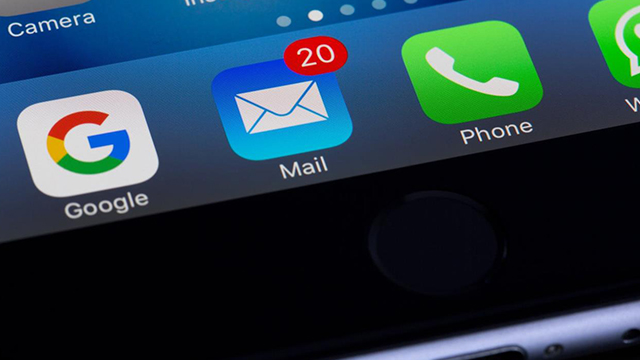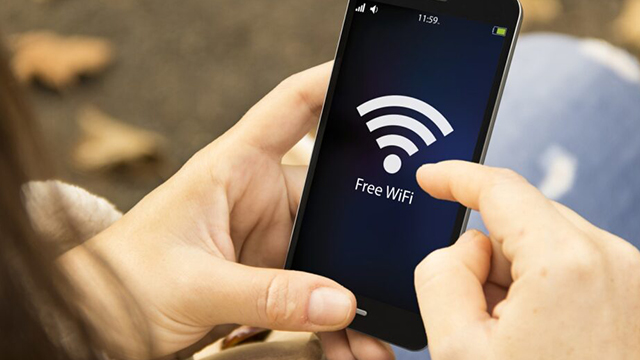There was at least 16 billion records of data breach in 2019, including credit card numbers, home addresses and phone numbers and this resulted in criminals stealing over £1.2 billion through fraud and scams.
As it is National Data Privacy Day Today (Thursday 28th), Elik Dermer, CEO and founder of Comparisun, a business tool comparison site, has highlighted the five most common mistakes we are making along with expert advice on how to avoid being hacked in the future.
Responding to Phishing and Spear phishing
Phishing and spear phishing are very common forms of email attack. It happens when you click on a malicious link or attachment which has come from an untrustworthy source, often intending to steal data for malicious purposes.
Here is how you can tell the difference between the two:
Phishing emails tend to look like official email, for example from a well-known delivery company saying that “Your package has been delayed, click here for details.” By clicking the link, the malware might be downloaded onto your device, or you might go to a fake website where you’re asked to enter your name, address, and social security number. That information would then be sold on the black market or used for fraud or identity theft.
Spear phishing is an email or electronic communications scam targeted towards a specific individual, organisation or business. Often intended to steal data, cybercriminals may also intend to install malware on a targeted user’s computer.
Links in emails, social media posts and online advertising are often how cybercriminals try to steal your personal information. Even if you know the source, if something looks suspicious, delete it.
Elik Dermer says, “Take advantage of software that will detect and indicate malicious emails as spam. For example, Barracuda Essentials uses artificial intelligence to scan your email traffic to block malicious attachments and URLs, including those in phishing and spear-phishing emails.”
Be wary of public WIFI
Using public wi-fi networks means you don’t have to burn through your data allowance when out and about (once a day at the moment), but you still need to take care when using these free networks, as it’s possible for an attack to happen when you’re using unsecured wi-fi.
This is known as a ‘man-in-the-middle’ attack and involves a hacker intercepting your logins, passwords or financial information as you use wi-fi. Logging in to your bank or entering any credit card or personal details while using free networks is a no-go.
 Elik Dermer says, “If you do need to check your bank account or make a payment, use your 3G or 4G connection instead as it is much more secure. Also, make sure your phone doesn’t automatically try to connect to wi-fi.”
Elik Dermer says, “If you do need to check your bank account or make a payment, use your 3G or 4G connection instead as it is much more secure. Also, make sure your phone doesn’t automatically try to connect to wi-fi.”
You can turn it off using the steps below:
- Android: Swipe down from the top of the screen and tap the wi-fi symbol. It will show green when it’s activated and grey when it’s off.
- Apple: Swipe up from the bottom of the screen and tap the wi-fi symbol. A message will appear to tell you that you’ve turned off the wi-fi.
By following these five pieces of advice explained above, your personal data and devices will be far less likely to be targeted by threats, but remaining vigilant and on the lookout for unusual behaviour is always important to ensure you and your data stay safe.



